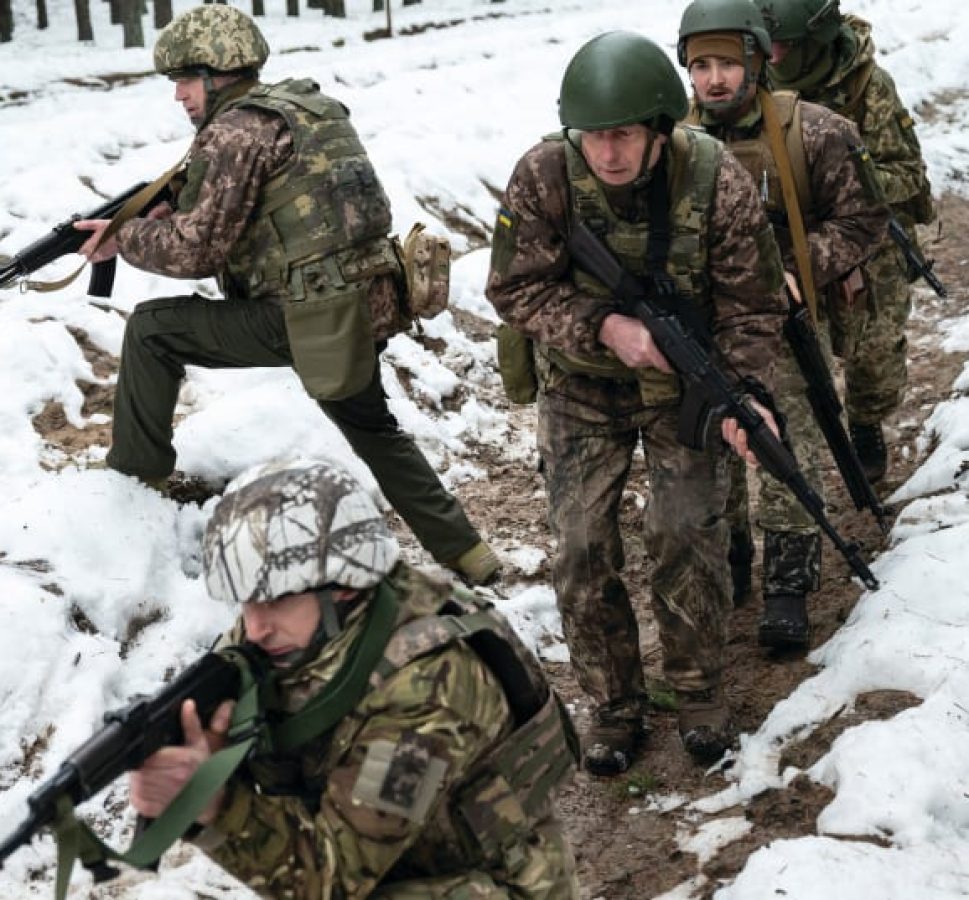
Battles continue in Kharkiv as President Putin signs a strategic agreement with North Korea, which includes a defensive alliance.
Ukraine and Russia have pursued international military agreements as their forces remained largely stalemated during the past week.
Russia was unable to make headway in eastern Ukraine and even lost ground in its newest incursion in the northern Kharkiv region, which was designed to distract Ukrainian defenders.
On Tuesday, Ukrainian troops recaptured positions southwest of Vovchansk, the main prong of Russia’s incursion in Kharkiv, and reportedly recaptured the settlement of Tykhe, west of Vovchansk.
On Wednesday, Colonel Yuriy Povkh, spokesman for Ukraine’s Kharkiv forces, said “dozens” of Russian soldiers were pinned down in central Vovchansk. Other reports put the number of Russian soldiers at 200.
On June 13, Ukrainian President Volodymyr Zelenskyy said he signed 10-year security agreements with Japan and the United States at the G7 summit in Apulia, Italy. The agreement with Japan would give Ukraine $4.5bn in military, humanitarian and financial aid this year alone, he said.

The value of the defence agreement with the US over the next 10 years was not stated.
The White House said it would “support the full range of Ukraine’s current defensive needs now and over the long term by helping Ukraine win the war”.
The US Congress has approved $61bn in military aid for Ukraine this year, and US President Joe Biden, who faces an election in November, has been reportedly trying to lock any future administration into maintaining help for Ukraine. The agreement at the G7 was made by the executive branch, is not a ratified treaty and could be repealed by a future president.
Although Ukraine has signed agreements with 15 countries and has roughly another 15 such agreements under negotiation, NATO Secretary-General Jens Stoltenberg said the alliance was considering making aid to Kyiv compulsory to ensure it remains “reliable and large scale”.
The nature of that safeguard would be to protect Ukraine against changes of government and rein in alliance outliers like Hungary, which has refused to provide military aid to Kyiv’s forces.
Premier Viktor Orban on May 24 said Hungary was “working intensively to figure out how to avoid participating in [a NATO-Russia] war while remaining a NATO member”, according to the Russian state news agency Tass. “Our lawyers and military are currently working on this.”
Meanwhile, Russian President Vladimir Putin signed a comprehensive strategic partnership agreement with North Korean leader Kim Jong Un on Wednesday, which, he said, included “mutual assistance in the event of aggression”.
Putin, who visited Pyongyang to sign the agreement, said he did “not rule out the development of military-technical cooperation” with North Korea.
During his visit to Russia in September, Kim had expressed an interest in ballistic missile technology and wanted Russian help launching satellites.
US national security spokesman John Kirby said Washington was alarmed by closer Russian-North Korean cooperation.

Other forms of assistance to Ukraine were also announced.
The G7 summit promised to break new ground in aid to Ukraine by providing $50bn this year in the form of a US loan. The loan would be backed by interest earned from $300bn in Russian assets frozen on the territories of Ukraine’s allies, mainly the European Union.
Last month, the EU announced it would send Ukraine roughly $3bn a year in interest earned by Russian assets on its soil. It was not immediately clear if this sum would now be folded into the US loan. Russia has warned it would reciprocate any direct seizure of its assets on Western soil.
The US also announced new sanctions against 300 individuals and entities in Russia and China in a bid to close loopholes around existing measures. The sanctions included Russian banks Sberbank, VTB Bank and Tochka Bank and Russian defence conglomerate Rostec.
Mikhail Zvinchuk, founder of a Kremlin-associated channel on the platform Telegram, told the Bosnian new service BanjaLuka.net that sanctions were having an effect on Russia’s defence industry and war economy.

Ukraine’s allies and neutral countries gathered over the past weekend in Burgenstock, Switzerland, in a first international peace conference held for the Ukraine war.
More than 80 countries agreed that the threat of nuclear weapons use and the weaponisation of food – both of which Russia has been accused – were unacceptable. Russia and China did not attend the talks, but Moscow has previously said it rejects Zelenskyy’s peace terms, including a complete Russian withdrawal from occupied territories.
Ukraine continued to strike Russian energy facilities during the week, a policy begun in January.
Geolocated footage showed a Russian oil terminal in Azov burning on Monday and Tuesday. Ukraine also struck an oil facility in Chushka.
Ukraine was not permitted to use US-made Army Tactical Missile Systems (ATACMS) against targets in Russia, other than in the areas immediately north of Kharkiv, where the new incursion was launched on May 10. Biden reaffirmed that policy last week.
The Kharkiv region sits on the border with Russia, and its capital, also called Kharkiv, is 30km (20 miles) from the border.
Ukraine has been using drones of its own manufacture and last week said it had also used its own Neptune missiles on Russian soil to strike the oil facility in Chushka, east of Crimea, last week and in nearby Kavkaz on May 31.
Ukraine used Neptune missiles to sink the Russian missile carrier Moskva in April 2022.
Ukraine also clarified it had damaged two Sukhoi-57 fighters in a strike more than 500km (311 miles) from the front lines this month, not one as initially reported.
Advertisement
Ukraine’s strikes have been particularly successful against air defence systems in Crimea, where it has destroyed 15 systems, according to Ukrainian military intelligence – three of them in the past two weeks.
Kyril Budanov, the head of intelligence, said Russia had now resorted to stationing an experimental S-500 system there.







